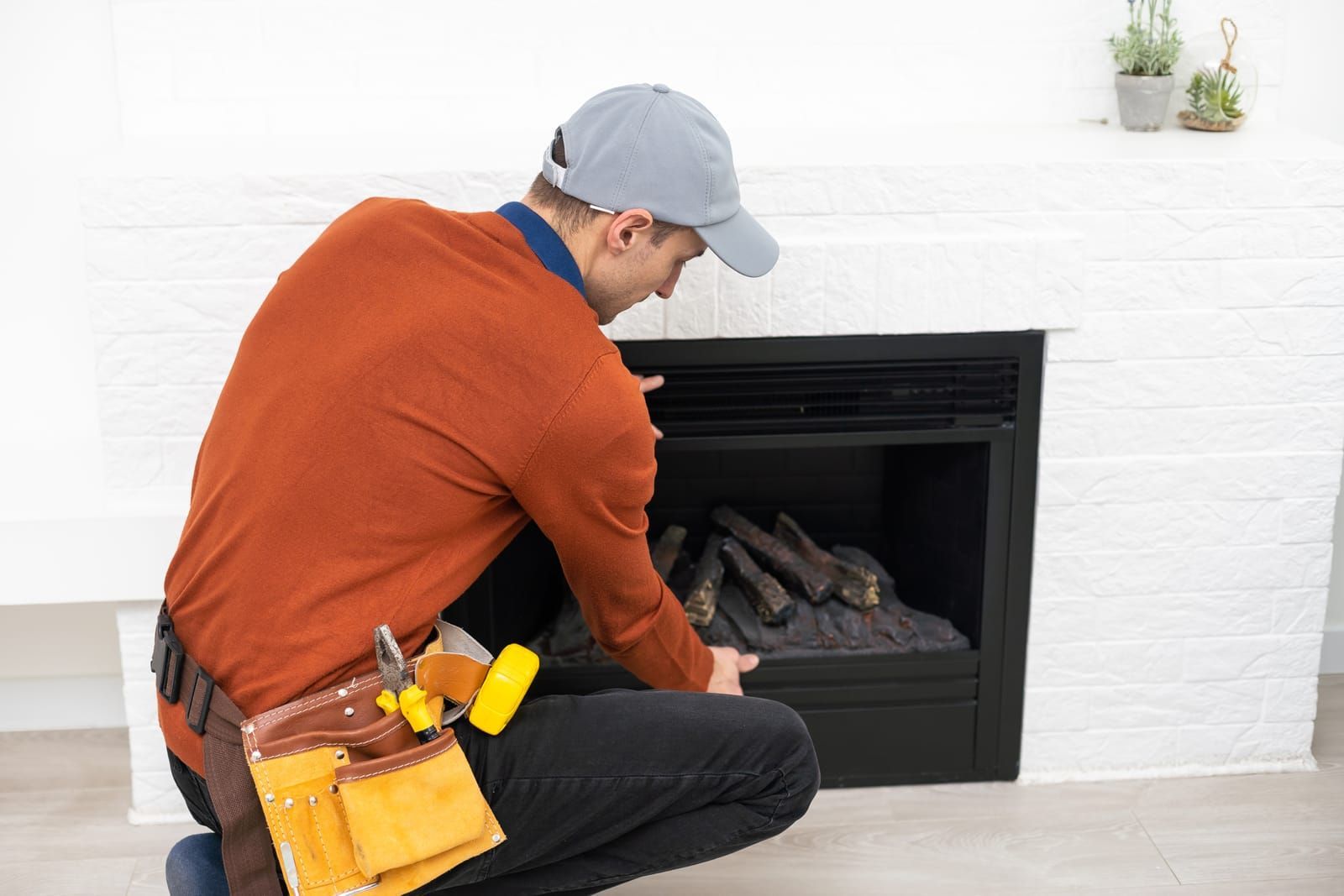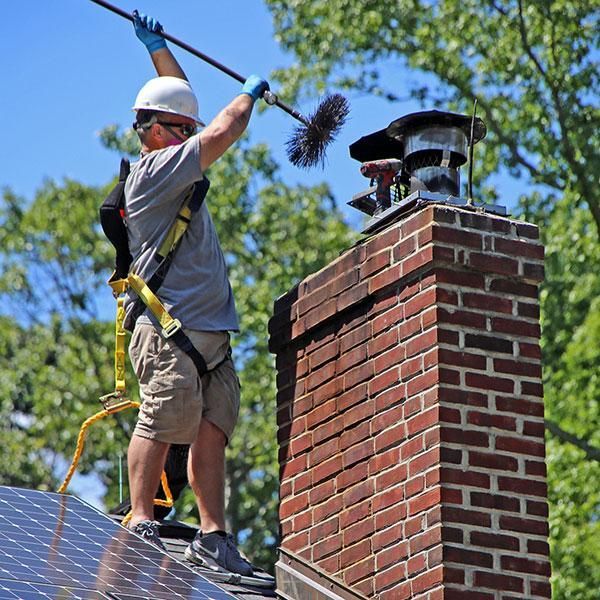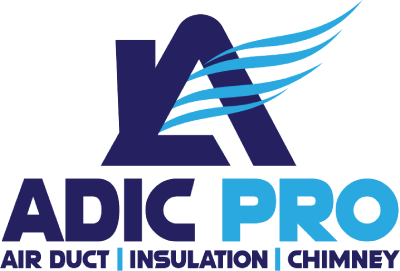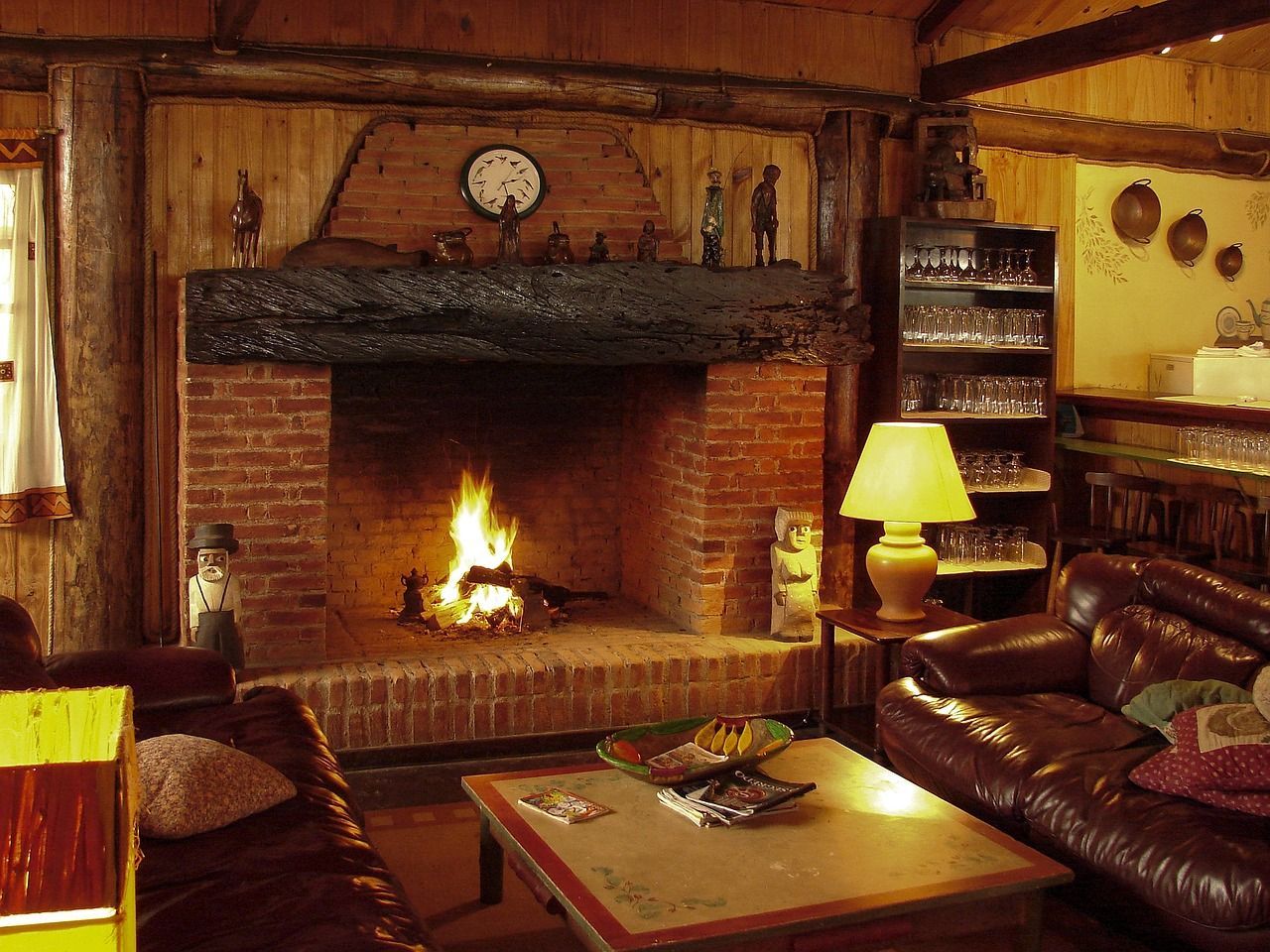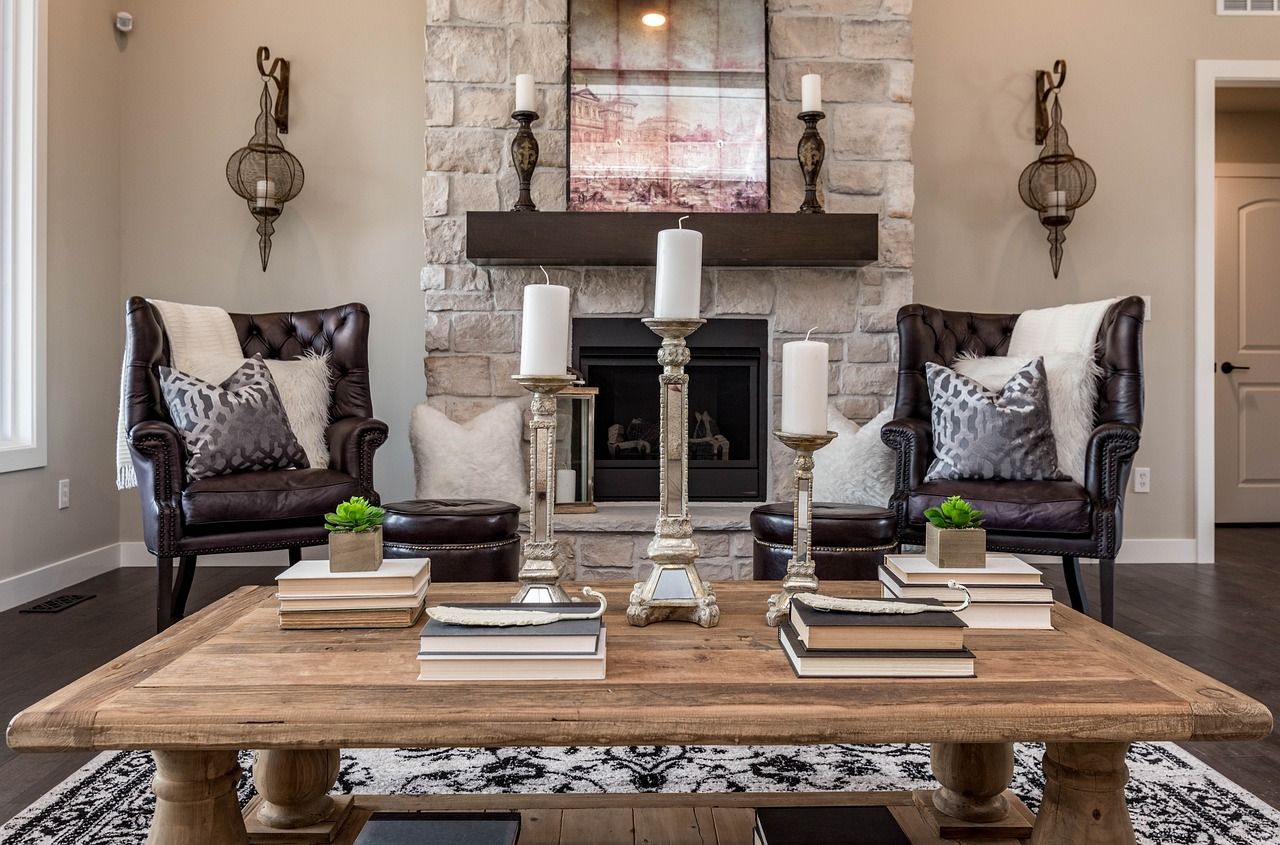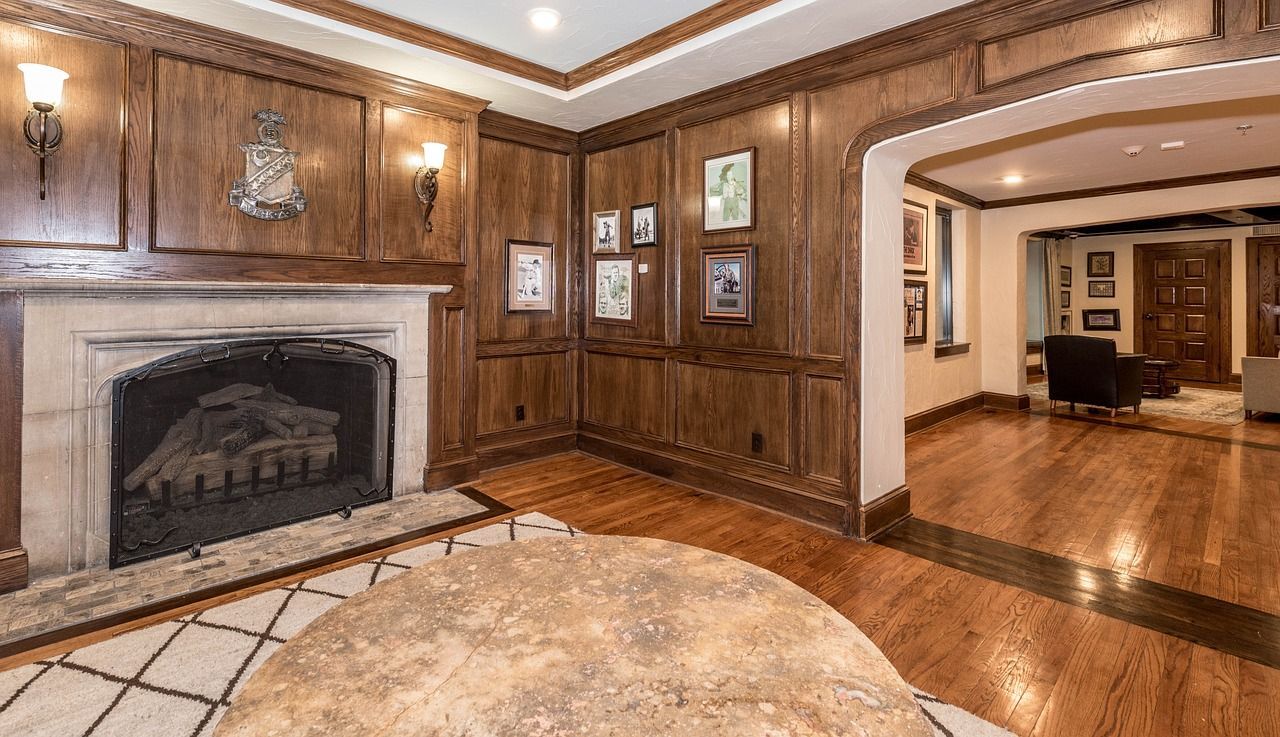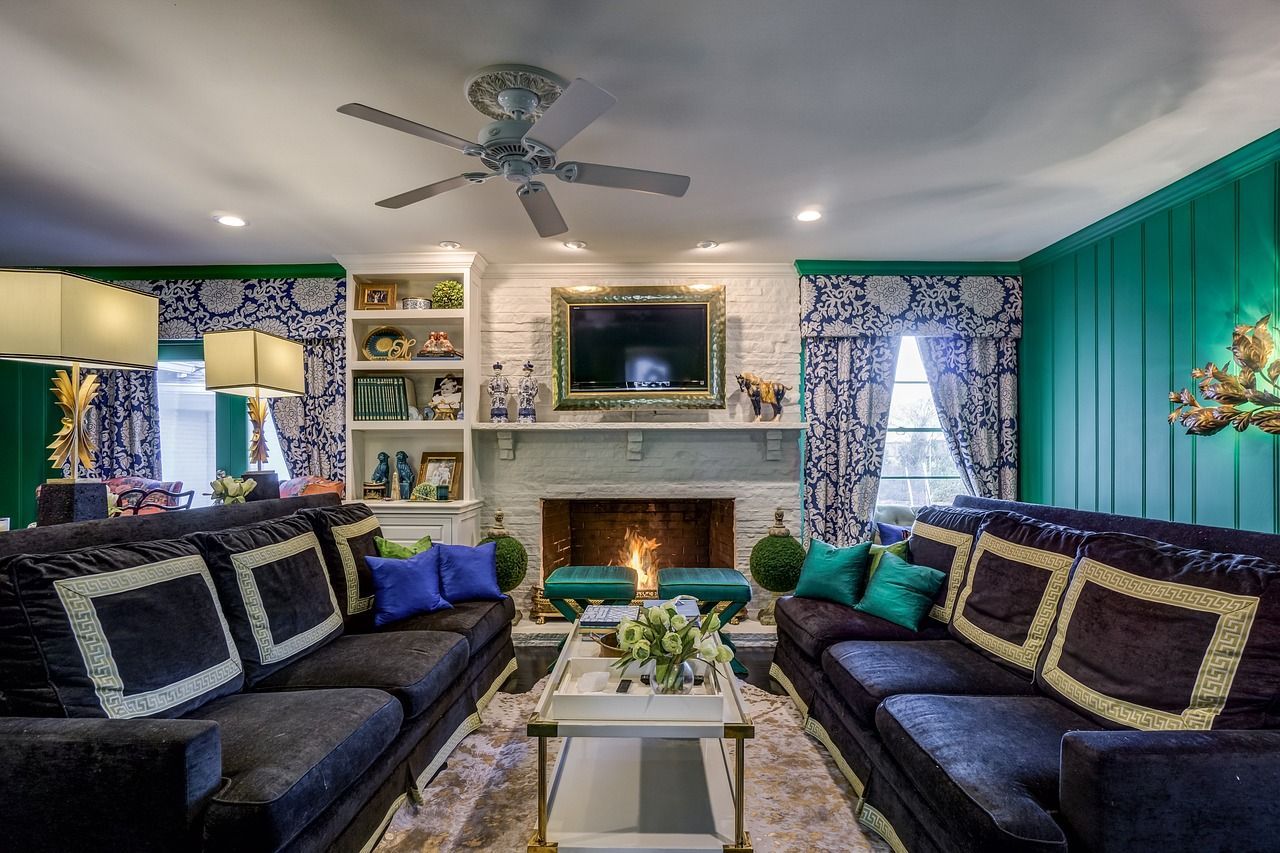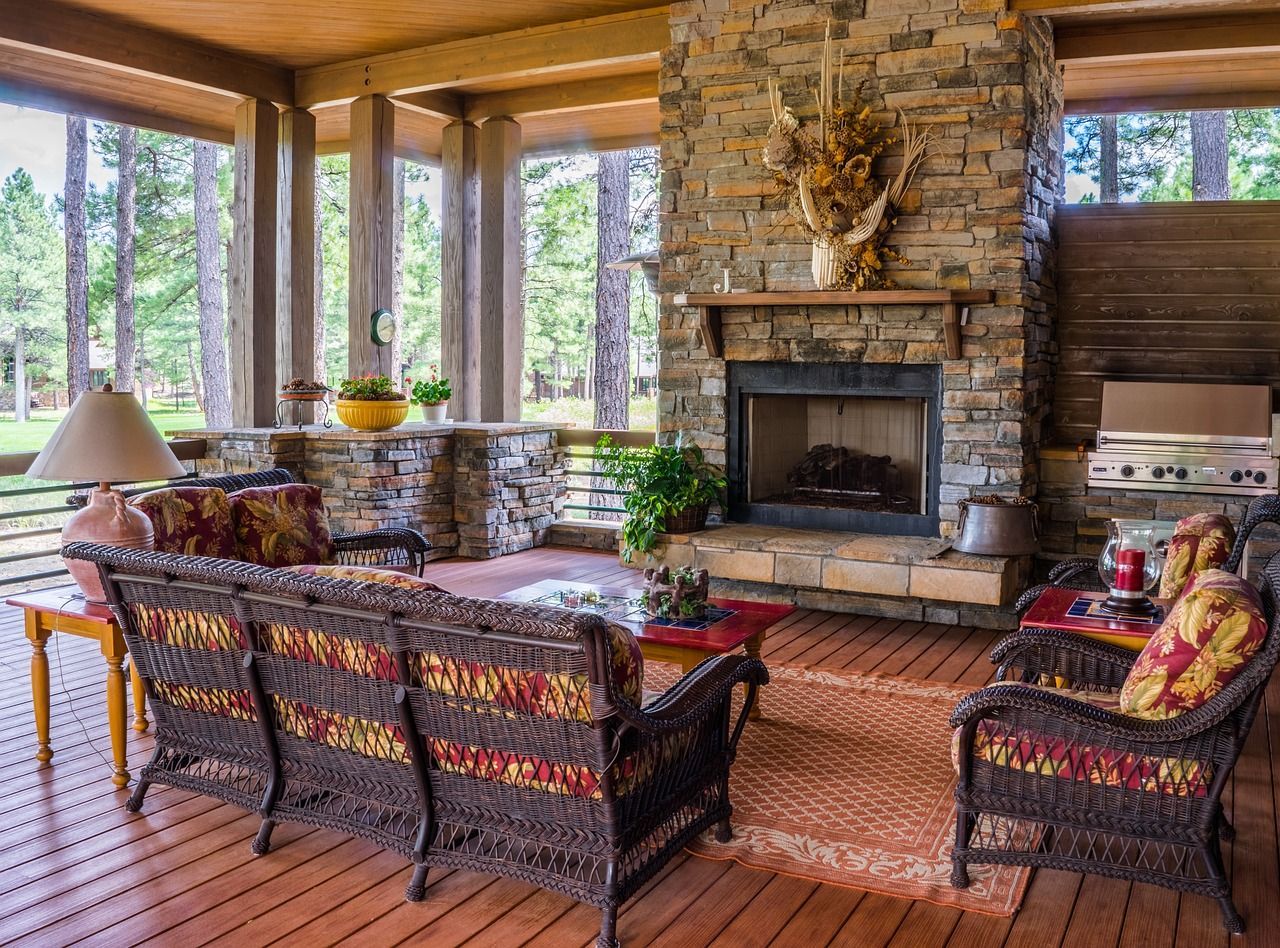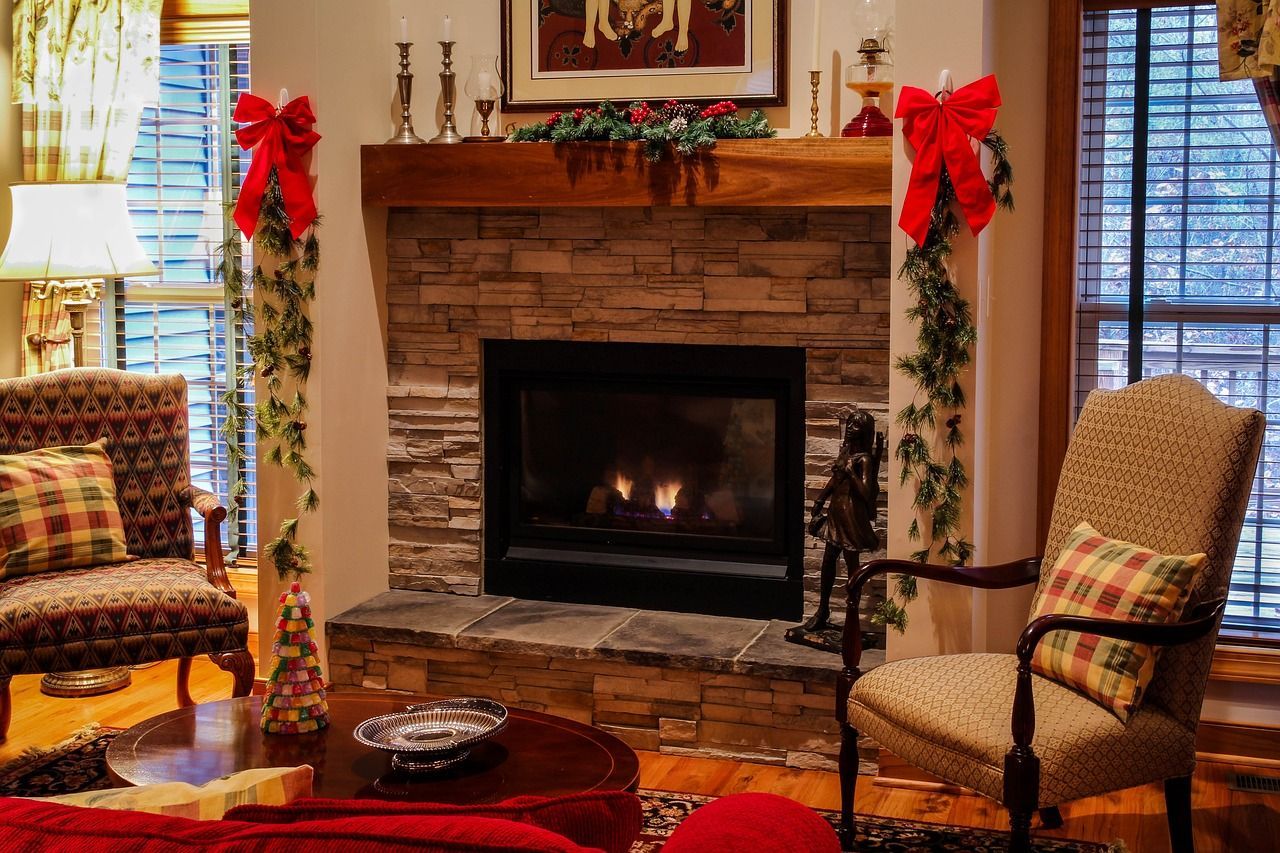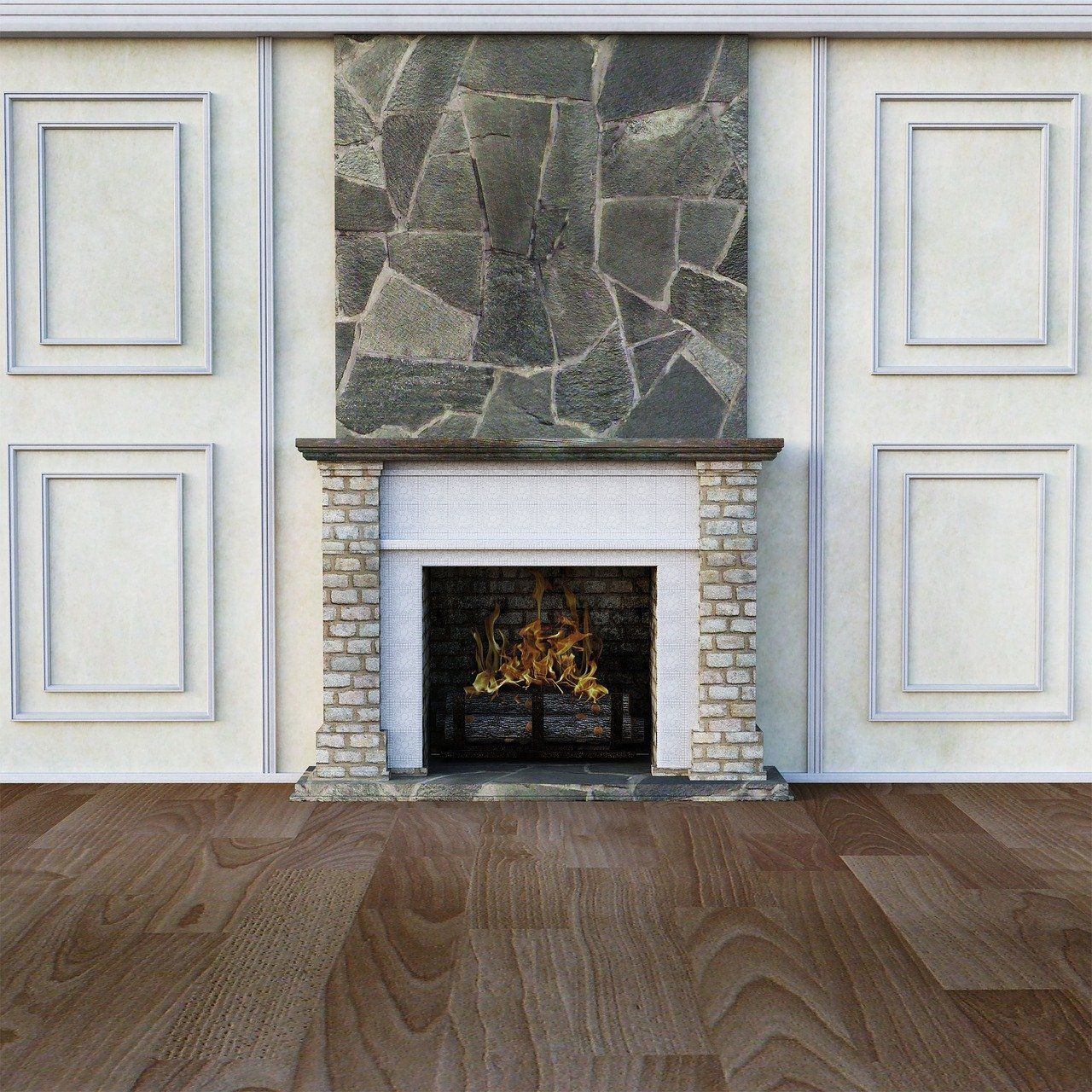The Importance of Proper Air Duct Design and Installation
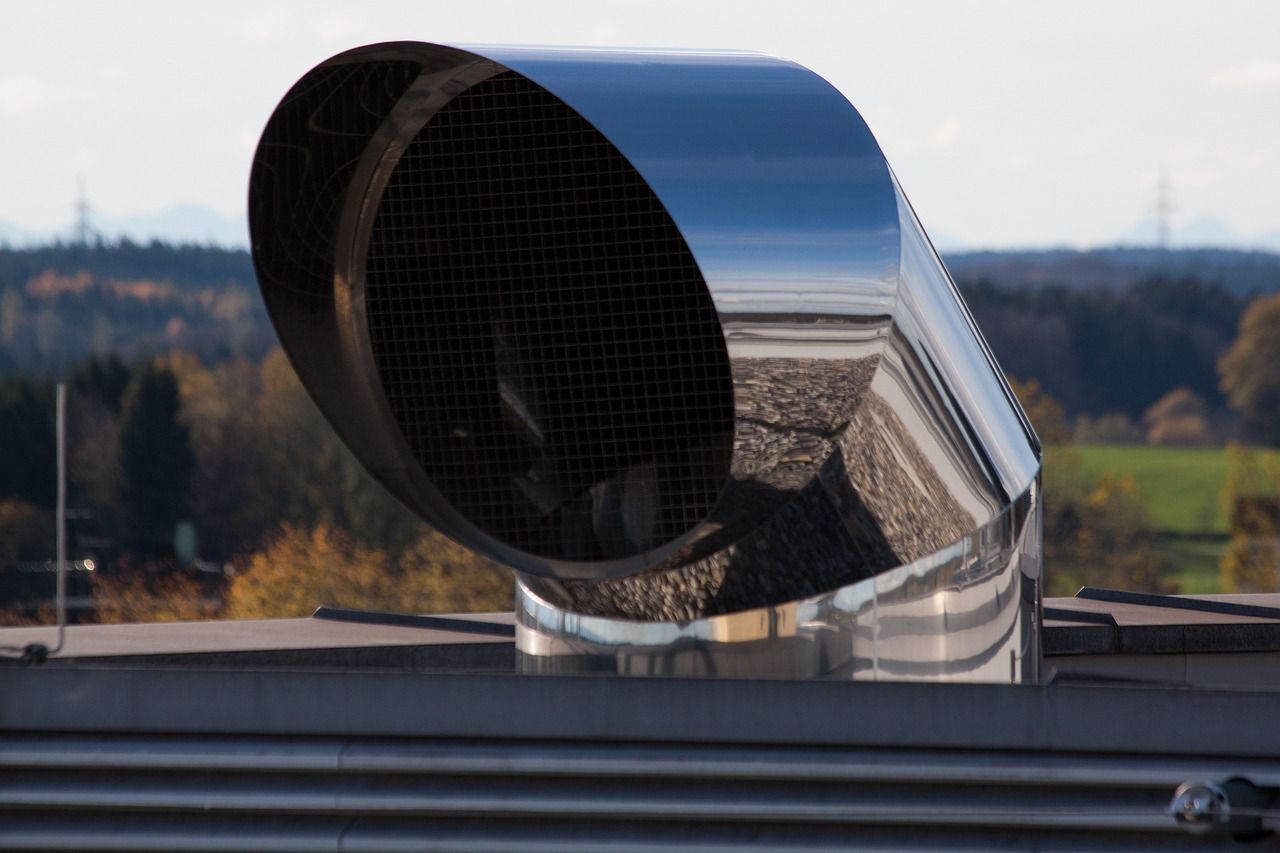
Introduction:
Air ducts are the unsung heroes of our HVAC systems, silently distributing warm or cool air throughout our homes and offices. While we often think about the efficiency of our furnaces or air conditioners, the design and installation of air ducts play a crucial role in maintaining comfort, indoor air quality, and energy efficiency. In this blog post, we'll delve into the significance of proper air duct design and installation, exploring how it impacts our daily lives and the overall performance of our heating and cooling systems.
Understanding Air Duct Design:
The design of air duct systems is not merely about connecting ductwork to vents; it involves careful planning and calculation to ensure optimal airflow and distribution. Proper duct design considers factors such as the size of the space, the location of vents, the capacity of the HVAC system, and the layout of the building. A well-designed duct system minimizes air resistance, reduces energy consumption, and ensures consistent temperature control in every room.
Efficiency and Energy Savings:
One of the primary benefits of proper air duct design is improved energy efficiency. When ducts are poorly designed or installed, air leakage and improper insulation can lead to significant energy loss. According to the U.S. Department of Energy, duct losses can account for more than 30% of energy consumption in some cases. By investing in a well-designed duct system, homeowners can reduce energy waste and lower their utility bills.
Enhanced Indoor Air Quality:
In addition to energy efficiency, proper air duct design contributes to better indoor air quality. Dust, allergens, and pollutants can accumulate within ductwork over time, especially if the ducts are improperly sealed or insulated. These contaminants can then circulate throughout the home, aggravating allergies and respiratory issues. A well-designed duct system includes features such as air filters and proper ventilation, helping to remove pollutants and maintain clean, healthy indoor air.
Balanced Airflow and Comfort:
Properly designed air ducts ensure balanced airflow throughout the building, eliminating hot or cold spots and maintaining consistent temperatures from room to room. Uneven airflow can result in discomfort and temperature fluctuations, forcing HVAC systems to work harder to compensate for imbalances. By optimizing airflow through strategic duct design and placement, occupants can enjoy greater comfort and stability within their living or working environments.
Reduced Noise and System Wear:
Another advantage of proper air duct design is reduced noise levels and less strain on HVAC equipment. Poorly designed duct systems can produce rattling or whistling noises as air passes through narrow or obstructed passages. These noises not only disrupt peace and quiet but may also indicate inefficiencies or airflow restrictions within the system. With proper design and installation, ductwork operates smoothly and quietly, minimizing wear and tear on HVAC components and extending their lifespan.
Professional Installation and Maintenance:
Achieving the benefits of proper air duct design requires professional installation and regular maintenance. HVAC technicians have the expertise and tools to assess airflow requirements, size ductwork accordingly, and ensure airtight seals and connections. Routine inspections and cleaning help prevent duct blockages, mold growth, and other issues that can compromise performance and indoor air quality. Investing in professional services ensures that air ducts operate efficiently and effectively for years to come.
Conclusion:
Proper air duct design and installation are essential components of a well-functioning HVAC system. From energy efficiency and indoor air quality to comfort and system longevity, the benefits of optimized ductwork extend far beyond mere airflow. By understanding the importance of proper duct design and investing in professional installation and maintenance, homeowners and building occupants can enjoy a healthier, more comfortable indoor environment while maximizing energy savings and reducing their carbon footprint.
